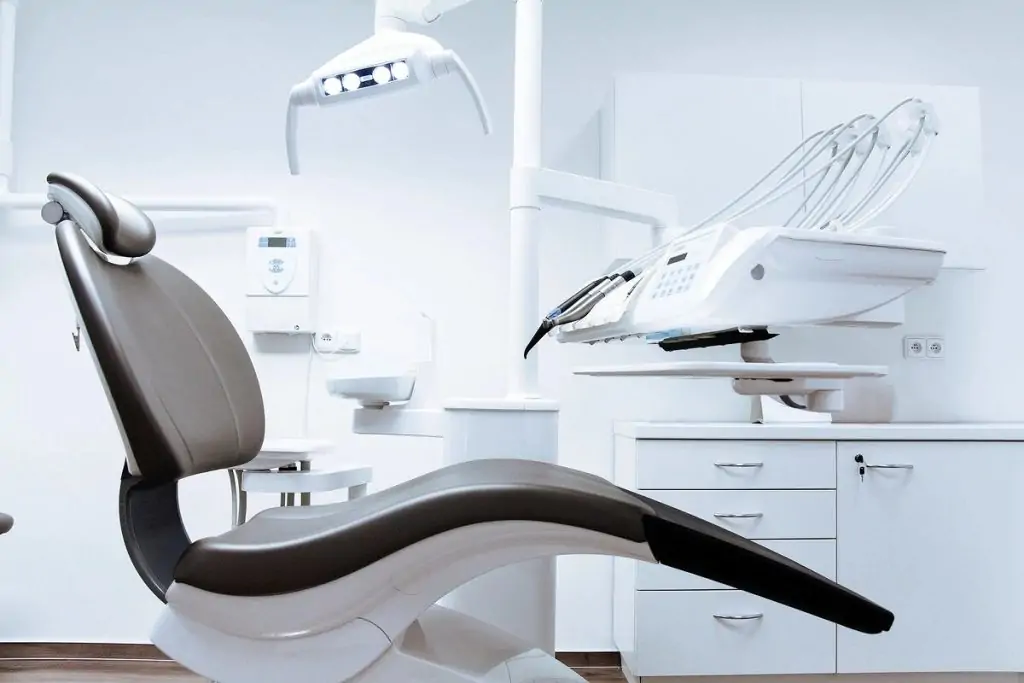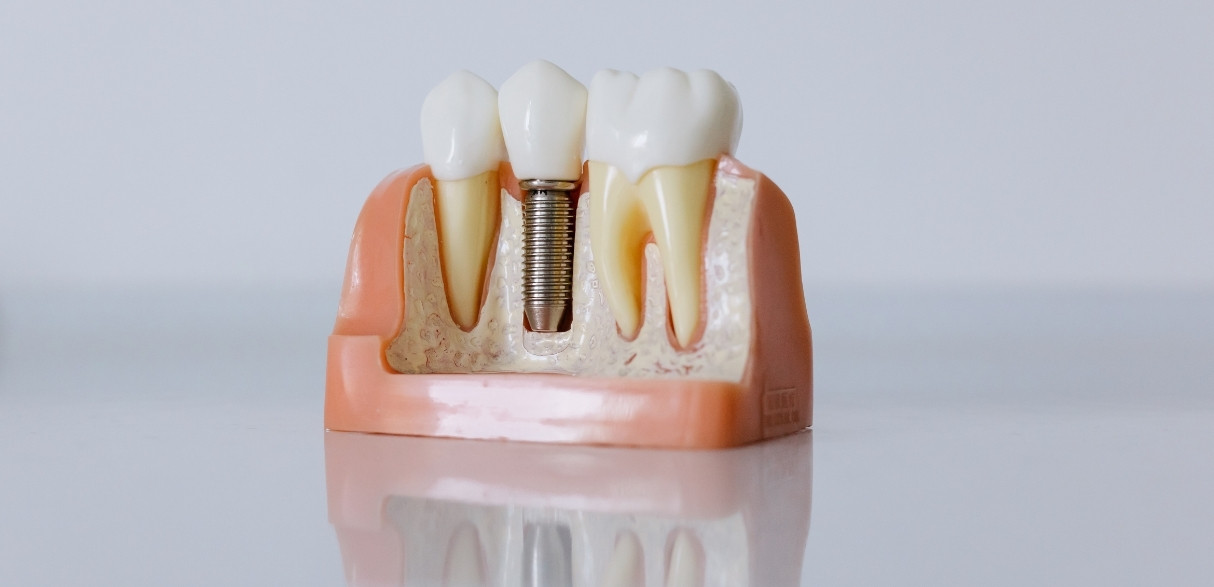
In contemporary dentistry, dental implants have become a ground-breaking alternative that provides a long-lasting and aesthetically beautiful means of replacing lost or broken teeth. This comprehensive guide delves into the nuances of this process to give those thinking about getting dental implants a thorough understanding.
What are Dental Implants
Dental implants are artificial tooth roots, predominantly made from biocompatible titanium, designed to provide a permanent base for fixed or removable replacement teeth. Their structure mimics natural tooth roots, enabling them to replace missing teeth effectively.
Structure
The structure of a dental implant consists of three main parts:
- The implant post is surgically inserted into the jawbone.
- The abutment is a connector between the implant and the crown.
- The crown itself is a prosthetic tooth custom-made to match the patient’s natural teeth in color and shape.
Osseointegration Process
A critical aspect of dental implants is osseointegration, where the implant fuses with the jawbone. This process, which may take several months, ensures the implant’s stability and longevity, making it a durable solution for tooth replacement.
Benefits
Dental implants’ numerous benefits include durability, functionality, aesthetics, and comfort. They provide a long-lasting solution, help maintain jawbone structure, prevent bone loss, support facial features, and enhance the smile’s overall appearance. Unlike removable dentures, dental implants offer a fixed solution that feels and functions like natural teeth.
Ideal Candidates
People with healthy gums free of periodontal disease, enough jawbone to support the implant, and good overall and oral health are the best candidates for dental implants. Maintaining proper oral hygiene and scheduling routine dental examinations are also essential to the long-term effectiveness of dental implants.
Types of Dental Implants
Endosteal Implants
Endosteal implants, the most common type, are surgically implanted directly into the jawbone and are typically shaped like screws or cylinders. Suitable for patients with a healthy jawbone, these implants require a healing period for osseointegration. Each implant can hold one or more prosthetic teeth.
Subperiosteal Implants
Subperiosteal implants are used when the patient lacks sufficient healthy jawbone and cannot undergo a bone augmentation procedure. These implants are placed on the bone but under the gum, with a metal frame fitted under the gum tissue. The artificial teeth are then mounted to the posts attached to the frame, making this type ideal for those who cannot have traditional implants.
The Dental Implant Procedure
Initial Consultation and Planning
The dental implant procedure begins with an initial consultation, where a dentist thoroughly examines the patient’s mouth, including X-rays and possibly 3D imaging. This step is crucial for assessing the health of the gums and jawbone, determining if the patient is a good candidate for implants, and planning the implant placement.
Surgical Process
The next phase is the surgical insertion of the implant into the jawbone. This procedure is typically performed under local anesthesia. After the implant is placed, a period of healing is required for osseointegration, where the implant fuses with the bone. This process can take several months.
Abutment Placement
The next stage is installing the abutment after the implant fuses with the jawbone. The replacement tooth is held in place by the abutment, a tiny connecting piece that fastens to the top of the dental implant. A minor surgical procedure to expose the implant and install the abutment may be required for this step.
Crown Attachment
Attaching the crown or artificial tooth to the abutment is the last step. To ensure a smooth blend with the patient’s other teeth, the crown is built to precisely match the patient’s natural teeth in size, shape, and color.
Follow-Up and Care
After the crown is placed, follow-up appointments are essential to ensure the implant functions correctly and comfortably. Proper oral hygiene, including regular brushing and flossing, is crucial for maintaining the implant’s and surrounding teeth’ health.
Advantages of Dental Implants
Improved Oral Health and Comfort
Dental implants are uniquely beneficial because they do not require altering adjacent teeth, as is necessary for a tooth-supported bridge. This leads to better long-term oral health. Implants integrate with the bone, offering a permanent solution that feels more natural than dentures.
Enhanced Appearance and Self-Esteem
They are designed to fuse with bone, making them permanent. This means they look and feel like your teeth, which can significantly enhance your appearance and self-esteem.
Improved Speech and Eating
A mouth full of ill-fitting dentures may cause mumbling or slurred speech. Thanks to dental implants, you may talk without worrying about your teeth falling off. They also function like your teeth, enabling you to consume your favorite meals comfortably and confidently.
Durability and Convenience
Implants are solid and long-lasting; many survive a lifetime with proper maintenance. Dental implants avoid the awkward hassle of removing detachable dentures and the need for messy adhesives to maintain them in place, in contrast to removable dentures requiring adhesives.
Considering the Risks and Challenges
Surgical Risks
- As with any surgery, there are risks like infection, damage to surrounding structures, and nerve damage.
Requirement for Adequate Bone Structure
- Sufficient bone density and quality are crucial for implant success. Some patients may require bone grafts.
Maintenance and Care of Dental Implants
Regular Dental Hygiene
- Like natural teeth, dental implants require regular brushing, flossing, and dental check-ups.
Avoiding Harmful Habits
- Avoiding habits like smoking can improve the success rate of implants.
Cost and Insurance Considerations
Understanding the Costs
- The cost of dental implants varies based on location, dentist’s experience, and the number of implants needed.
Insurance Coverage
- Dental insurance may cover some of the price but varies by provider and plan.
Aesthetic Benefits and Cosmetic Dentistry
Enhancing Your Smile
- Dental implants look and feel like your teeth, enhancing your smile and confidence.
The Role in Cosmetic Dentistry
- Implants are a crucial aspect of cosmetic dentistry, improving function and aesthetics. Read more about cosmetic dentistry.
Dental implants are a significant advancement in dental technology, offering a durable, functional, and aesthetic solution for tooth loss. Understanding the procedure, risks, benefits, and care involved is crucial for anyone considering this option.




